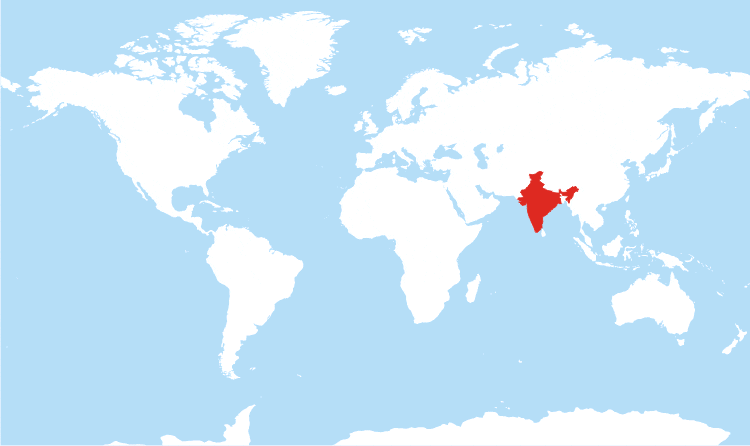Campaigns working for women that were on full swing this past year have not exactly paid well. India’s ranking in the Global Gender Index 2014 that was released by the World Economic Forum yesterday; has been 114, out of 142 countries around the world.
The country has scored poorly in various parameters that included economic participation, educational attainment and health and survival. (India was the second-lowest performing country on health and survival, ranking 141, with Armenia being the lowest.) At the same time, India was reported to be among the top 20 best-performing countries on the political empowerment category, being placed at the 15th position.
Reports reveal that women in local government roles make better budget decisions and work better for communities compared to their male counterparts. This comes as a pleasant surprise since most women have significantly lower exposure to education and less market experience compared to men. The report also states that women are also more successful in obtaining resources for their constituencies.
After falling 13 positions since last year, India is now a part of the 20 worst-performing countries on the labour force participation, estimated earned income, literacy rate and sex ratio at birth indicators. Where under economic participation and opportunity, India was ranked 134, female to male ratio in labour force participation was found out to be 0.36.
Freeworldmaps>
Shockingly, the wage gap also seemed to be higher than expected as the report said that women earned $1980 compared to $8087 earned by their male counterparts. India ranked 126 under educational attainment, with female to male ratio in literacy rate being 0.68.
The report added that India has the highest difference in the female and male percentage of total R&D personnel and has one of the lowest number of firms with female participation in ownership.
